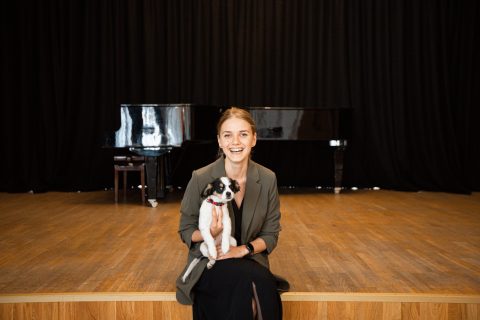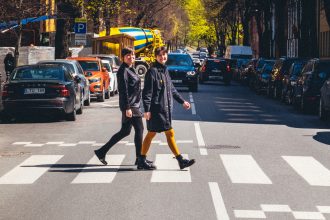Director Saulė Norkutė and set designer Šarūnė Pečiukonytė unexpectedly met when they both arrived at the workshop Design Meets Theater organized by the future Performing Design Association and could not find the entrance to the National Kaunas Drama Theater. The artists continue the dialogue they started back then for seven years now.
At present, they are developing the Co-creation project at the Kaunas Artists’ House, during which they are researching the phenomenon of noise together with the deaf and hard of hearing community. We talked to the creators about the practice of site-specific theater they promote, working together and the processes and discoveries of the ongoing project.

What attracted you two to site-specific theatre? What places stuck with you over the course of your different art projects?
Saulė Norkutė: I have always been interested in both theater and cinema, and site-specific art seems to be something in between those disciplines. There are no specific boundaries drawn here and you can look for a new form every time. When a place changes, the rules of its cognizance and reveal change. For this reason, the place itself plays a very important role in our projects with Šarūnė. And not only the physical location, but also the community living or operating in it with its individual principles, logic and ways of reading and telling the written or unwritten things and stories specific to that place. It becomes a starting point, and the place itself can become a co-author of the works, allowing you to discover unexpected paths towards different topics. Through such outsiders the locals can look at and experience the place or a phenomenon in new ways and pay attention to what hasn’t been said or done. Curiosity and observation are at the heart of this practice.
Any place – if you look at it and study it for a long time – becomes special because you start to notice things that are not obvious. Long-term observation, communication, being with the people who live and work there, real experts of the place, reveals these places. One of the most striking experiences is the project in Žaliakalnis market. It helped us realize that we as creative practitioners come into other people’s territory. While we were working here someone even slashed our tire! [laughs] But that’s what pushed me to start making connections with the community more actively. We realized that we can’t just invade someone else’s space and work only with selected people, pushing others into the margins. We had to look for contact and connection with different parts of the community. I also remember fondly the work at the Salomėja Nėris Memorial Museum in Palemonas. The wonderful employees constantly revive it with their generous stories and presence. The stories they tell and their relationship with the environment have changed the project’s direction and the experience created for the audience.
Šarūnė Pečiukonytė: I can only agree with Saulė that this art practice allows me to utilize my curiosity. Anytime I walked down the street and looked around, I noticed windows and always wondered what was going on behind them, and while studying scenography, this feeling continued to accompany me in theatre: I wanted to see what was hiding behind the scenes. Working in a specific place rather than on a typical stage feels liberating, allows me to draw inspiration from people around me and the details found in the specific space. It is important to realize that when you leave this place, it continues to exist. In these projects, we sort of become the creators of urban mythology. Our goal is not only to depict reality, but also to recreate it, to help see it differently, and look at it more closely.
A project that has stuck with me was called Where Hair Grows and we implemented it in Denmark. It covered the entire territory of the town of Fjaltring, and a large part of the community was actively involved in the creative process. The most interesting thing was that in relation to the town itself the small sound and visual installations stimulated the viewers’ imagination and revitalized the story we were telling. One of the younger viewers kept trying to convince himself that all this was not true.
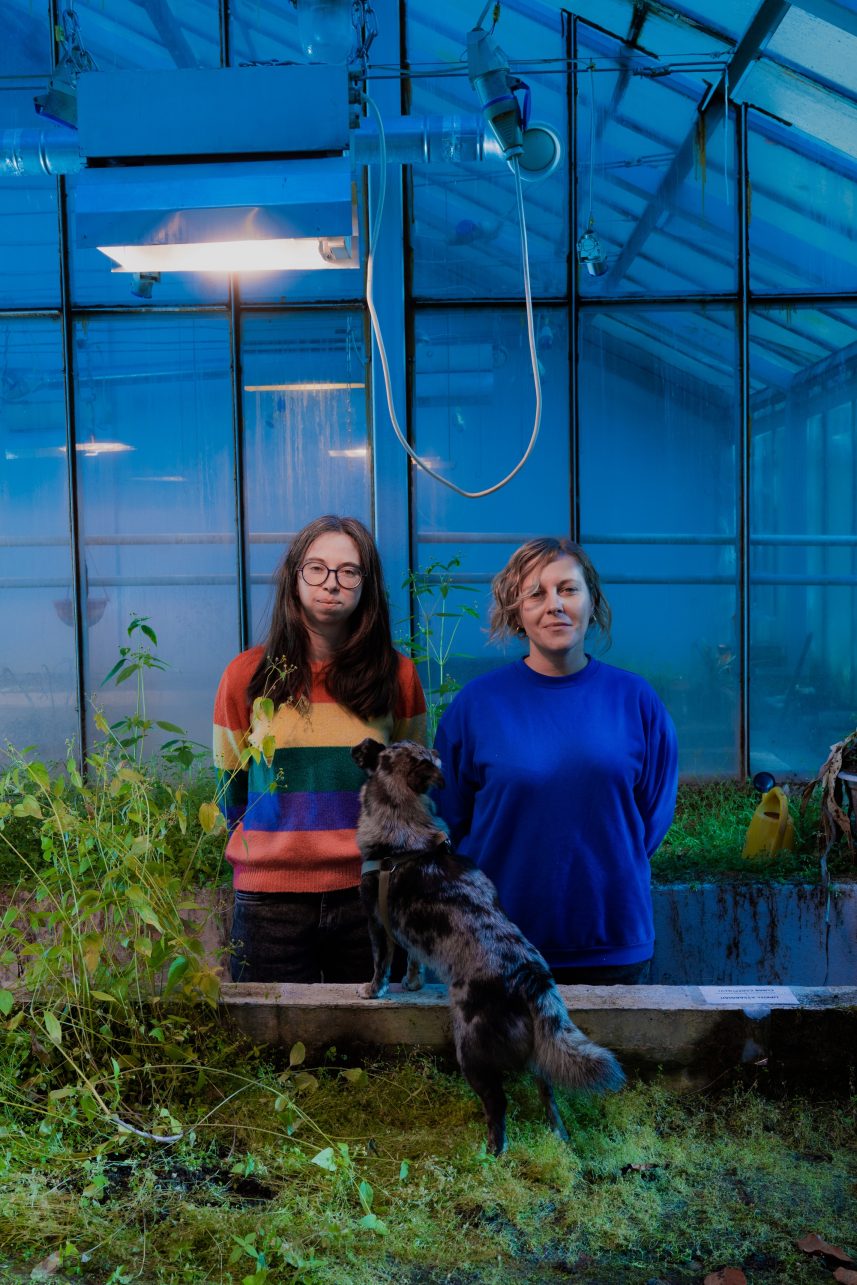
What does your work together look like? What is this process like?
S. N.: It all starts with coming to a specific place, studying it together and individually. First, we experiment there, we try out different ideas using the creative lab method. When the creative direction becomes clear, I focus on the text and the arrangement of the story in space, but I couldn’t say it’s just my job, because it’s always important for a colleague to have a look at the part you’re focusing on, make observations and even suggest, in a friendly way, to stop.
Š. P: The nicest part of working together is that when we come to a new place, we see and observe things differently, but we do not disapprove of each other’s observations, discoveries, and strangest ideas. You work with another person who sees it differently, but that doesn’t stop you from maintaining a dialogue. Exchanging experiences and thoughts allows you to discover new ideas. As Saulė said about the text, the same goes for scenography. I am responsible for creating the details but we both create the overall picture.
How did the idea for the Kaunas Artists’ House Co-creation project come about?
S. N.: When the call for this project was announced, we were participating in the training at the National Kaunas Drama Theatre with the Lithuanian Association of the Deaf led by its president Kęstutis Vaišnora. A lot of attention was paid to visual interferences that make it difficult to communicate and work with this community (it can be a variegated background, patterned clothes, jewellery). Through simple situations, he tried to help us better understand this culture. One simple situation stuck with me. A leg that another person constantly and intensively moves can become that noise. It was this approach to noise – unusual to us – that intrigued us, and we started to look for ways to explore it.
We wanted to explore this phenomenon with the deaf and hard of hearing community, experts on that other side of noise. We are trying to expand this concept and show that it does not only belong to the people who do not have hearing disabilities. One of the most important highlights of the project is the idea that noise, in addition to being sonic, can also be visual and otherwise sensory. Together we try to discover what noise and tranquillity are and what lies in between. For example, do you ever wonder why we feel tired after a couple of hours in a supermarket or some other place, where so many things are happening simultaneously? I think it’s relevant to talk about the abundance of stimuli around us, the fatigue they cause, the constant stimulation, and how each of us handles it.
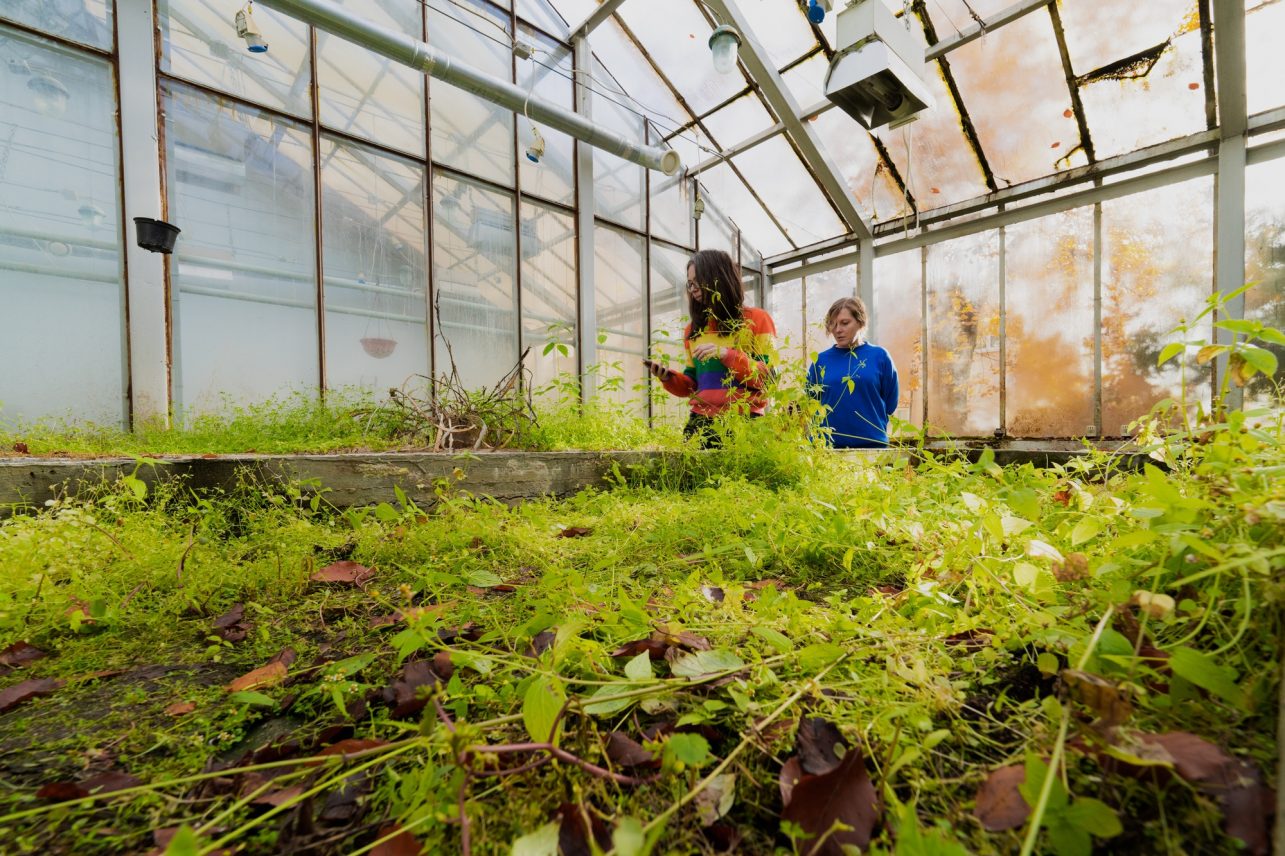
How is the project currently going? What is the role of the deaf and hard of hearing community in this project?
S. N.: We started by exploring spaces with members of the community. They captured their surroundings through frames prepared by Šarūnė, observing places around the rehabilitation centre that they associated with visual/sensory noise. Later, the participants continued to observe and photograph the environment at their own homes. We offer people and at the same time discover different tools and ways for studying this phenomenon together looking for the answers to the question of what noise is.
Š. P: Frames were used because in the course of our work together we noticed that capturing the environment through a narrower field of vision allows for clearer perception and identification of specific elements that can be equated with noise or tranquillity. Since our peripheral vision is quite wide, it is harder to focus on the details. The same goes for photographs. Without the frame, we would need to explain separately which thing exactly evokes certain associations.
S. N.: We put together a map from these photos, which allowed us to notice that everyone captured tranquillity in different places, but the noise had clearer points. Visual recording of noise later turned into verbal naming of phenomena. For example, words such as “rubbish-heap”, “bright light”, “mystery”, “reflection”, “kitchen”, “failure” and others were associated with noise and words like “books”, “forest”, “camera”, “learning”, “another world” were associated with tranquillity and peace. We created a noise and tranquillity collage/scale, which allowed us to record how differently we each understand and experience these phenomena. We also explored their school spaces, encouraging them to observe and place sticky notes on the spots they associated with interferences, noise, disturbance of peace. Thus, we noticed that objects that do not have a specific place or change it frequently, things that are unevenly arranged or bright elements, and details that constantly stimulate memories were often marked. We have noticed that the feeling of noise often has similarities. It is like an obsessive thought that constantly points you to the thing that makes the noise, yet tranquillity is perceived differently by everyone.
Are you planning to study noise and also look for ways to solve it? Is this the main goal of the project?
Š. P.: We have already planed the activity that would help us look for ways to eliminate or replace the previously identified disturbances, but this is not the ultimate goal, just another part of the study.
S. N.: Noise is not always a negative thing. There are noisy situations and environments that are fun. So, we try not to get caught up in the premise that noise is necessarily depressing and unpleasant. We are still in the research stage, so I cannot say exactly what this will turn into. We are thinking about a tour of the space we are exploring, but we want to discover the final form together with community members.

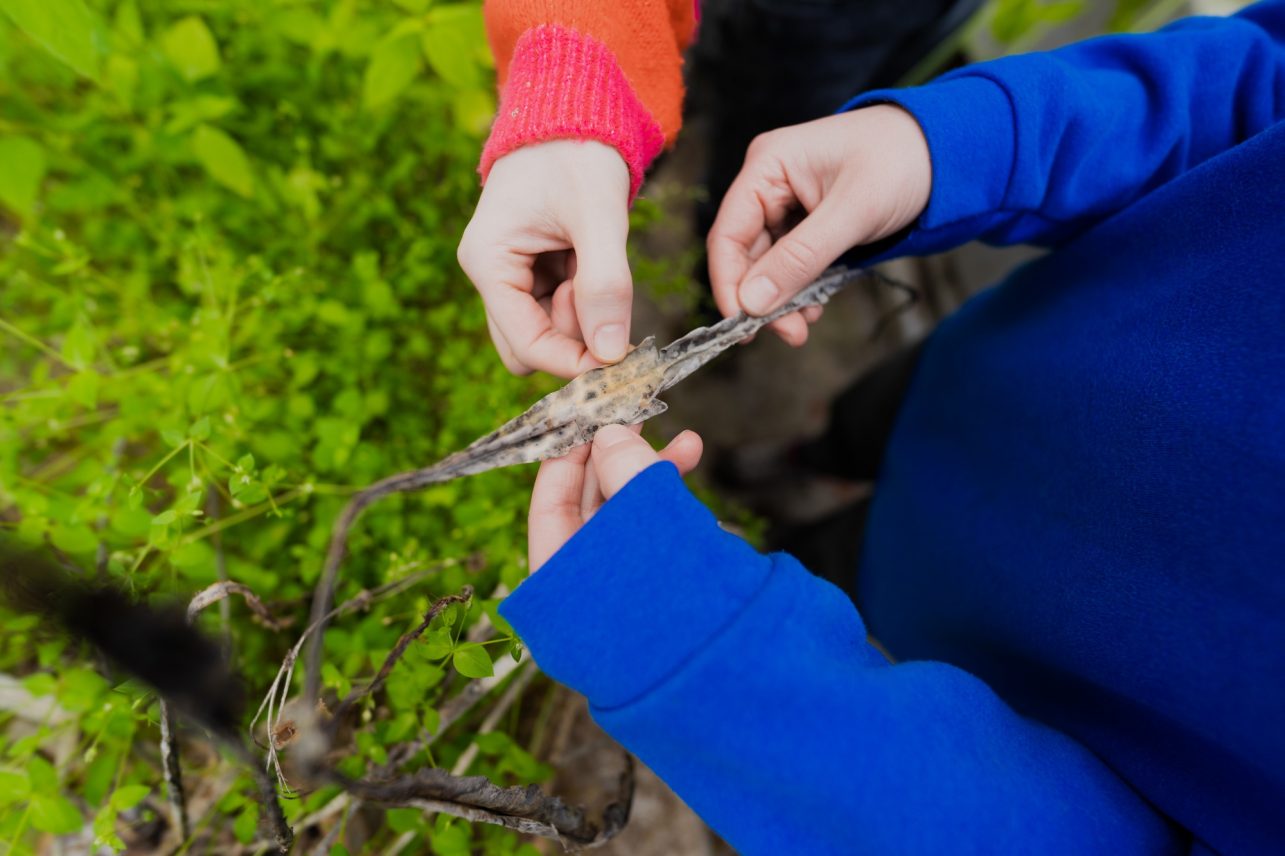
Has this project already allowed you two to discover something new?
S. N.: One of the most pleasant discoveries is that we have a lot of fun when we meet the part of community that explores together with us. The people involved in the project are very curious and active. It’s inspiring. It makes sense and it is interesting to see how others look at our creative processes and test them. They are embarking on this creative expedition with courage, which in turn gives us courage.
Š. P.: The experience of another type of contact was intriguing when working with this community. The communication has to be face to face, you have to focus on one person, be in the moment because we cannot talk with our backs turned or in passing. I find it nice and cozy.
S. N.: We do not know sign language, so translators help us communicate. However, we promised that for each meeting we will learn to say something new in sign language.
And what does peace and tranquility mean to you personally and how do you look for it?
S. N.: For me, peace is like recharging, an intermediate state that is reached by returning to your own body; shifting attention from the environment to myself or a physical change of place. Paradoxically, action – some kind of transformation – helps achieve peace. Of course, tranquility has also to do with safety. For example, a moment when watching even the most interesting movie with the close ones you can relax completely and fall asleep.
Š. P.: When I’m tired and looking for peace and quiet, I leave the environment that irritates me. I can try and change the space around me so it would not affect me so much only when I have the energy. While working at school during the project, I discovered one point of tranquility for myself under a huge flower. Basically, being in nature soothes me, and here it was enough to see the leaves shimmering in the sun. Also, peace for me is an opportunity to allow myself to be fully present in the moment and in a particular process without running towards other goals.


